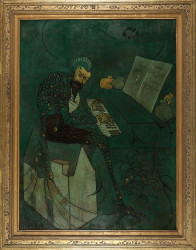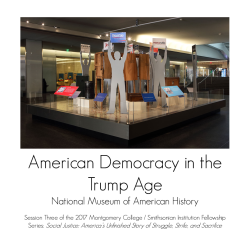Tess Porter
I'm the former User Experience Strategist at the Smithsonian Office of Educational Technology. Here, I focused on the use of digital museum resources to support teaching and learning. My work draws on my experience as a museum educator, digital analyst, usability researcher, and content designer. I hold a B.A. in Anthropology and a B.A. in Art History from University Colorado Boulder, and an M.S. in Museums and Digital Culture with an Advanced Certificate in User Experience from Pratt Institute.
Tess Porter's collections
Pittsburgh & Place
 Tess Porter
Tess Porter
Ancient Greek Myth: Reinterpreted by African American Artists
 Tess Porter
Tess Porter
Symbolism, Story, and Art: Achelous & Hercules
 Tess Porter
Tess Porter
Dissolution of Native American Territory 1885-1905
 Tess Porter
Tess Porter
Looking at Ancient Civilization through Objects
 Tess Porter
Tess Porter
Civil Rights Sculpture: Claim Support Question
 Tess Porter
Tess Porter
Suffrage Pin: Object Analysis
 Tess Porter
Tess Porter
Dong Kingman
 Tess Porter
Tess Porter
Bessie Smith: Examining Portraiture
 Tess Porter
Tess Porter
The Bikini Atoll and Operation Crossroads: Unveiling Stories
 Tess Porter
Tess Porter
Woody Guthrie: Examining Portraiture
 Tess Porter
Tess Porter
Bracero Program: Step In, Step Out, Step Back
 Tess Porter
Tess Porter







